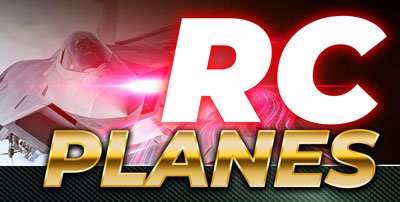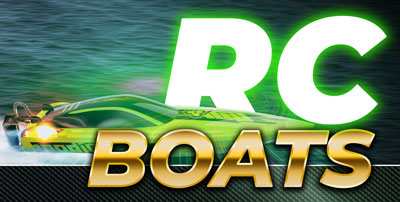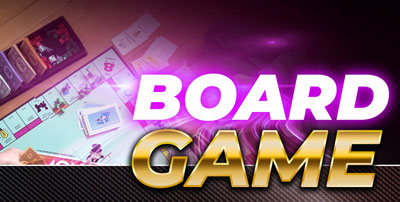PRODUCT DETAILS
The development of a transport system for NASA with reusable main components began in 1972 at North American Rockwell and a number of other companies. The total weight of the space shuttle ready for launch is 2,055 t. A payload of 30 t can be carried into orbit up to 965 km above the earth. The orbiter prototype, the Enterprise, was completed in 1976. The Enterprise was used to research flight and landing properties in the atmosphere and to develop the space-suitable ferry. The first launch of a space shuttle into space then took place on April 12, 1981 with the space shuttle Columbia. With the completion of further orbiters from 1983 onwards, NASA intensified its scientific, experimental and strategic military activities together with the US Air Force. Communication and research satellites were transported into space, repairs were carried out on site and the American space station was set up and supplied. The Challenger was in space for the first time on April 4, 1983. The Discovery took off for the first time on August 30, 1984. Since October 3, 1985, the fourth space shuttle Atlantis has been used on 26 missions. The Endeavor took off for the first time on May 7, 1992. This ferry was equipped with numerous new devices and computers and thus more powerful overall. The orbiters can remain in space for a maximum of 28 days.
The enormous structural and thermal loads during take-off and landing require constant controls and maintenance of all components as well as the improvement of the equipment. The heat shield on the forehead and underside of the space shuttle is particularly affected and must be constantly monitored and repaired. In two tragic accidents in which the entire crew was killed, the Challenger were lost in 1986 and the Columbia in 2003. After a two-year hiatus and extensive changes to the orbiters and the main tank, the flights continued. When it landed at Edwards Air Force Base in California on August 9, 2005, the 31st flight of the Discovery and thus the 114th NASA space shuttle mission was successfully completed. With the resumption of shuttle flights, the expansion of the International Space Station ISS will continue over the next few years. This should also include the European Columbus space laboratory. In two tragic accidents in which the entire crew was killed, the Challenger were lost in 1986 and the Columbia in 2003. After a two-year hiatus and extensive changes to the orbiters and the main tank, the flights continued. When it landed at Edwards Air Force Base in California on August 9, 2005, the 31st flight of the Discovery and thus the 114th NASA space shuttle mission was successfully completed.
With the resumption of shuttle flights, the expansion of the International Space Station ISS will continue over the next few years. This should also include the European Columbus space laboratory. In two tragic accidents in which the entire crew was killed, the Challenger were lost in 1986 and the Columbia in 2003. After a two-year hiatus and extensive changes to the orbiters and the main tank, the flights continued. When it landed at Edwards Air Force Base in California on August 9, 2005, the 31st flight of the Discovery and thus the 114th NASA space shuttle mission was successfully completed. With the resumption of shuttle flights, the expansion of the International Space Station ISS will continue over the next few years. This should also include the European Columbus space laboratory. After a two-year hiatus and extensive changes to the orbiters and the main tank, the flights continued. When it landed at Edwards Air Force Base in California on August 9, 2005, the 31st flight of the Discovery and thus the 114th NASA space shuttle mission was successfully completed. With the resumption of shuttle flights, the expansion of the International Space Station ISS will continue over the next few years. This should also include the European Columbus space laboratory. After a two-year hiatus and extensive changes to the orbiters and the main tank, the flights continued.
When it landed at Edwards Air Force Base in California on August 9, 2005, the 31st flight of the Discovery and thus the 114th NASA space shuttle mission was successfully completed. With the resumption of shuttle flights, the expansion of the International Space Station ISS will continue over the next few years. This should also include the European Columbus space laboratory. With the resumption of shuttle flights, the expansion of the International Space Station ISS will continue over the next few years. This should also include the European Columbus space laboratory. With the resumption of shuttle flights, the expansion of the International Space Station ISS will continue over the next few years. This should also include the European Columbus space laboratory.
Opening cargo bay doors
Movable transport arm
External fuel tank with two solid rocket boosters
Mobile launch pad
Three detailed rocket engine end stages
Super decals
Orbiter "Enterprise", "Discovery", "Atlantis", "Endeavour" before 1998
Orbiter "Enterprise", "Discovery", "Atlantis", "Endeavour" after 1998
Scope of delivery
Kit incl. building instructions and decal
Specifications
Age:12+
Number of parts:97
Length:437 mm
Height:437 mm
REVIEWS
SHIPPING & RETURNS
Returns Policy
Hassle free 30 day money back guaranteeSee conditions and procedure in our return FAQs
Shipping
Orders dispatched within 24 hours of payment confirmationParcel delivery is between 1 - 5 business days with up to date tracking.PO Boxes and Parcel Collect locker addresses accepted.Signature on delivery for all boxed items.Orders are dispatched directly from our Sydney office.International orders accepted, however, a shipping fee is calculated.See the Shipping FAQs for more details on shipping methods, costs and delivery times.
Revell 04736 1/144 Space Shuttle Discovery and Booster Rockets
How much are delivery costs?
For all orders AU $150 and over the delivery fee is *free. For orders less than AU $150 delivery fee is AU *$10 in Australia. (*Exclusions apply including large orders and bulky items.)
For bulky products (packaging over 50cm/3kg), we offer an affordable shipping rate that is calculated with an online shipping calculator.
Add your favourites to your cart and proceed to checkout to calculate your final shipping costs.
What is Hobby Hero return policy?
As a Hobby Hero customer, you are entitled to a 30 day return period from the time that the goods you ordered have been received through courier service tracking.









